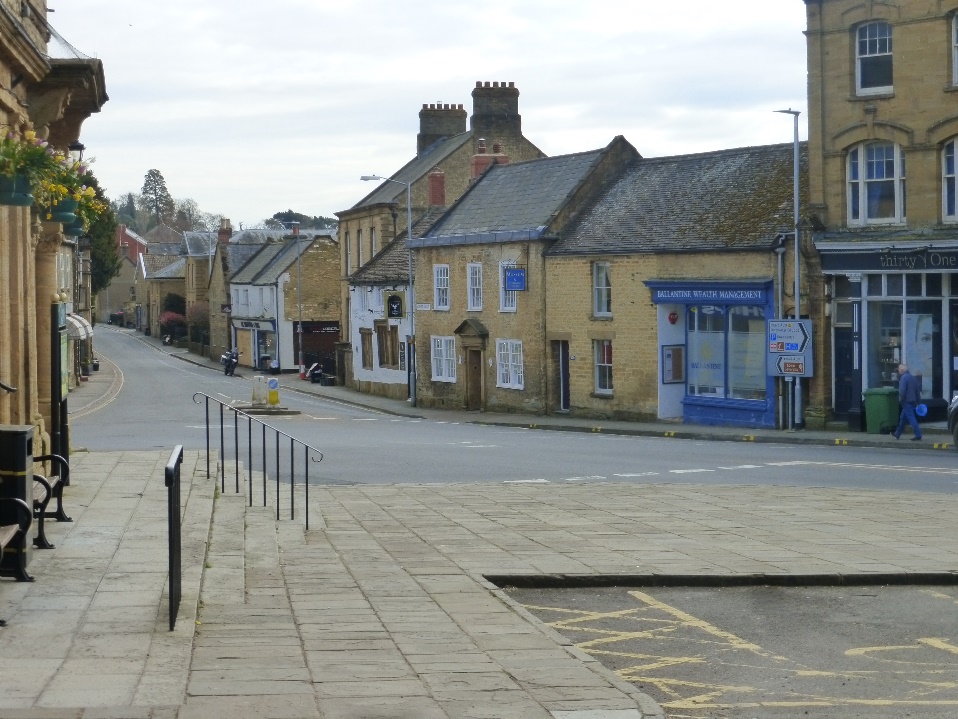In the museum we have copies of the County Mails dating back over 100 years and ranging in time from the early to mid -1900s. This publication was created in Crewkerne and printed in the town. It contained news, births, deaths and marriages and, of course, information about jobs and sales. For the residents of Crewkerne and district it would have been the place to go to discover what was going on locally. No internet, Facebook, Instagram, mobile phones in those days. News travelled slowly.
Towards the end of the 1800s Crewkerne was beginning to see changes in how people lived and in their expectations. The town had been buzzing with noise and activity from factories. The area behind Ashlands First School was the site for sailcloth production and many of the cottages in North Street were homes for the workers. Also, in South Street, 2 large factories employed workers in webbing production. In Abbey Street the factory employed over 600 people, mainly women, in the production of shirts with another smaller factory in North Street making the shirt fronts.
The Industrial Revolution in Victorian England saw a boom time in the market town of Crewkerne. For centuries there had been cloth processing – using wool from the sheep farmed locally and eventually flax grown locally in the mild, damp climate where the soil was more used for grazing than crop production. Flax was grown widely from Wiltshire down to Devon, the site of the soft blue flowers blooming in late June must have been a joy to see.

Somerset is and always has been an agricultural county. Wages were low, living conditions poor. Wealthy landowners owned swathes of land and life for the workers was tied to the control of their employer, both during and out of working hours. If your boss said you must attend church on Sunday then you had to. As a woman you had few rights – marriage was out of the question if you were in service. Some employers considered the workers and supplied “tied” housing to the job. In Hinton St. George Lord Poulett provided a school for the children and treats would be given out at Christmas. No doubt fuel for the fire and the occasional rabbit or pheasant for the pot was handy also. On the whole the contrast between the social classes was apparent. In 1881 the census records 107 domestic servants in the town. The only other job recording such a high number is that of agricultural labourer. Some other interesting jobs recorded were as follows:
Dressmakers 62 + 4 apprentices – no mass production of clothing in 1881, the sewing machine was invented in the mid 1800s but few could afford to buy one. Only those with money could buy a wardrobe of clothes, the poor would have owned 1 set of clothes for everyday and a “best” set for special occasions and church on Sunday. Children wore their brothers and sister’s hand-me-downs, whether they were dresses or not. Mending, patching, lengthening and letting out a garment to fit would be common. Shoes were worn until they fell apart, again passing from one person to another. Dressmakers often worked long hours in poor light and their eyesight suffered. As you can see from the picture below even working women or everyday clothes took yards (the old measurement!) of fabric and were tailored to fit.
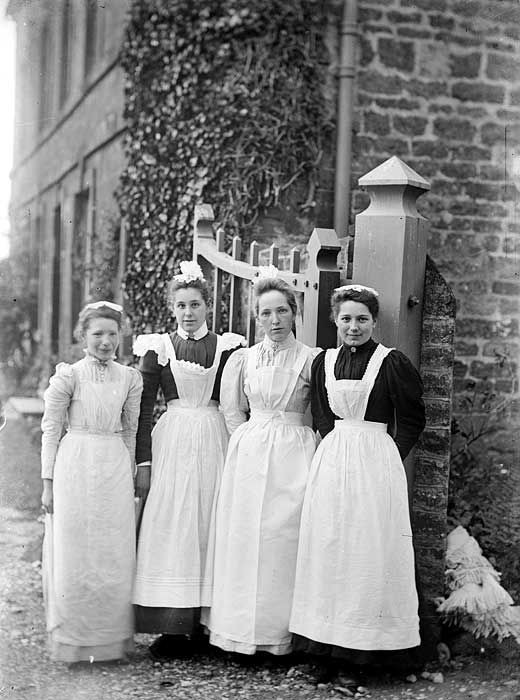
Blacksmith 18 + 8 apprentices. Horses were the chief way of travel, they needed shoes. Tools, fire irons, agricultural equipment, cooking pots all needed making and repairing. Work was hard, hot and long hours.
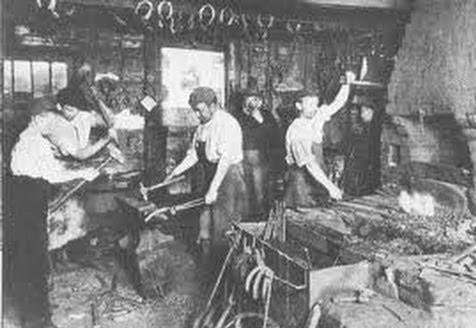
Carter 23 + 3 boys. No Amazon delivery, Parcelforce or just taking something to someone in the by car. Goods were moved in various ways. By 1860 the railway had arrived and the factories used this method of transporting their goods to mainline towns and cities. The carter would be busy taking things to smaller towns and villages and providing a service for those who were happy for delivery to take longer and hadn’t the money to pay for a better service. A way of travelling to another town or even moving house – the carter provided a useful service.
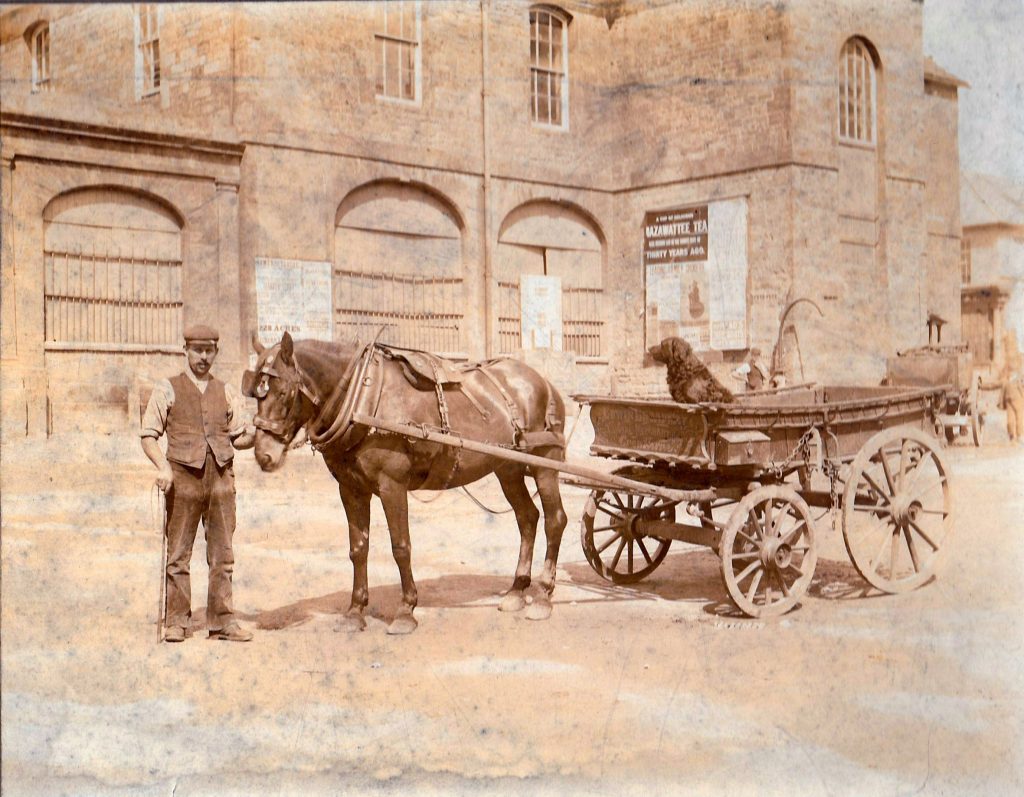
Hairdresser 4 + 4 apprentices. An interesting comment on the times. Apparently in 1881 people did their own hair. Women and girls had long hair which they probably became skilled at dressing in the most fashionable way.
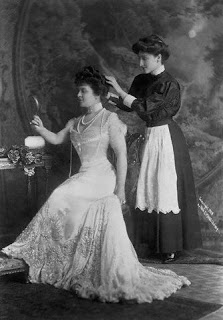
Shoe maker 36 + 1 assistant and 4 apprentices. There was a shoe factory in Crewkerne and small businesses making shoes. As we said earlier, a pair of shoes was a necessity and expensive for a family on low income. No cheap imports, no shoes for “going out”, trainers for running or casual wear. A pair of shoes lasted until they wore out which meant a child would wear them until they were too tight and then the shoes were passed on to the next child. Some children may have been bare footed and those who had shoes or boots would most certainly have had metal tacked into the heels and toes of the shoes to prolong wear.
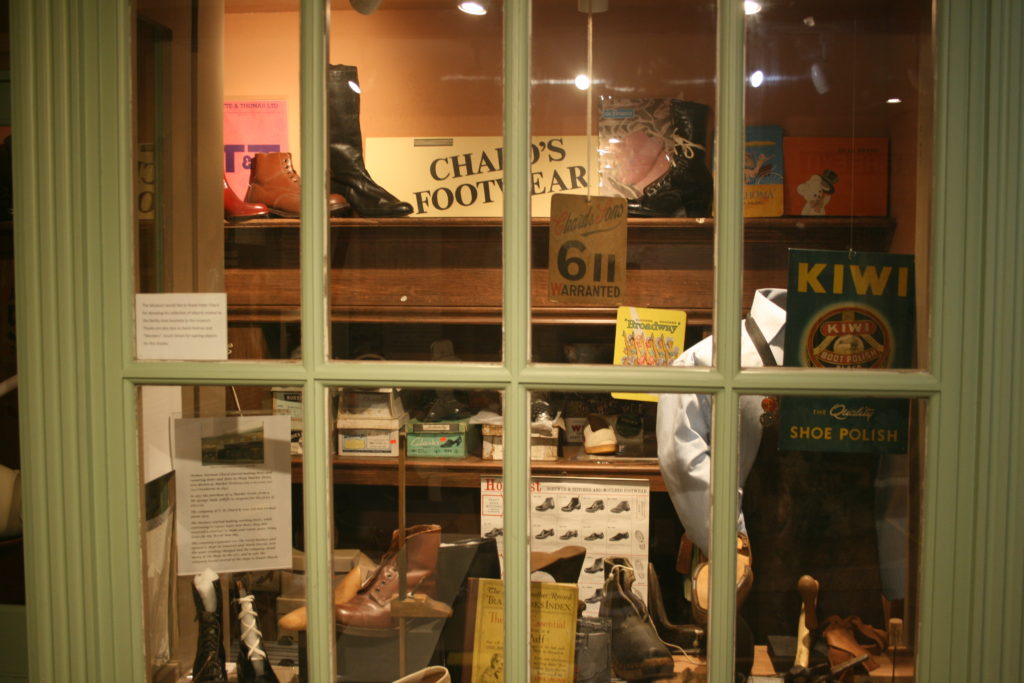
Many styles of work are listed in the 1881 census. Some we can relate to – clerk, post mistress, barman, grocer; others would be less so – under housemaid, razor grinder, governess. Your job this week is to think about your jobs – can you match them with something from the 1800s? How would your job differ from someone doing a similar type of work do you think?
Can you think of the big consideration for what your work would be? Remember it will be something we take for granted today for everyone.
Take a look around the town – which of the shops and businesses do you think would have an equivalent in 1881?
email crewkernemuseum@hotmail.co.uk

